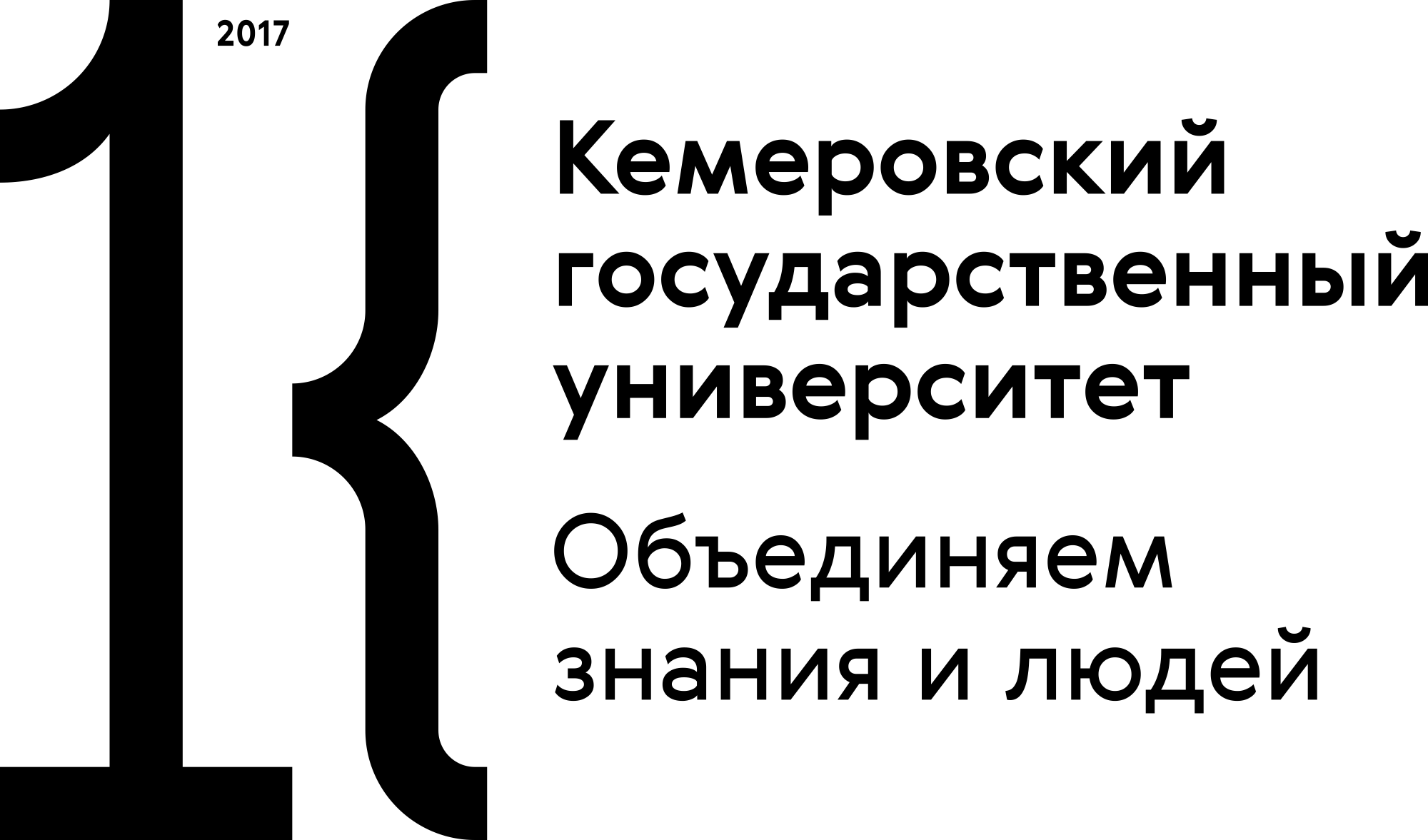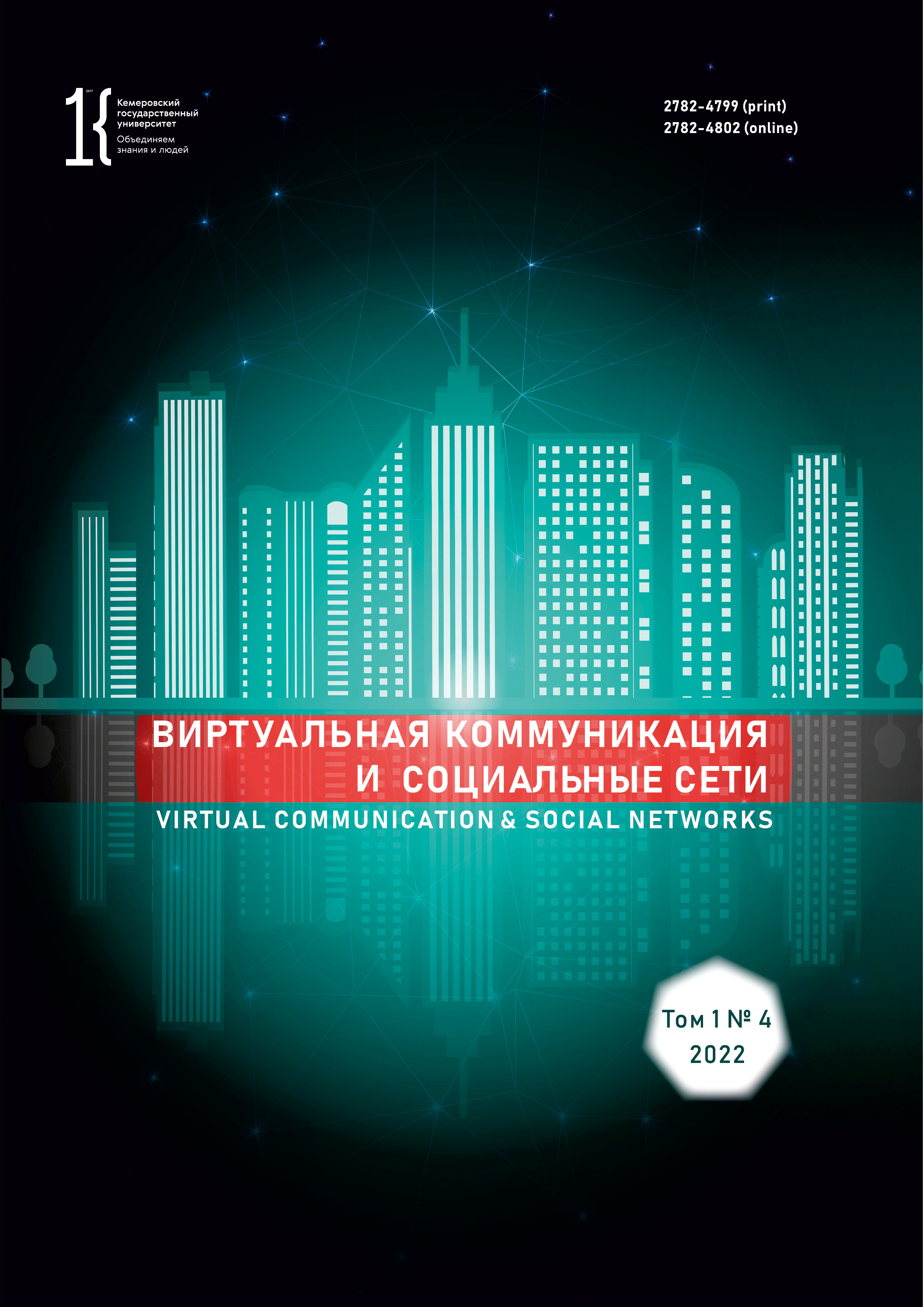Kemerovo, Russian Federation
Kemerovo, Russian Federation
The article considers the ratio of centripetal and centrifugal tendencies in online commenting. The research objective was to describe the consistency of comments to news texts published in social networks. This article focuses on the results obtained on the centripetal trend. The approach and methodology were based on the scientific hypothesis about the self-developing nature of communication in social networks. According to this hypothesis, the degree of subjectivity of online news discussion can be transmitted to the dialogue through the text of its comments. The original news text becomes the basis for comments, which are independent texts focused on the original news. As a result, the original text turns into a complex branched network. Comments develop as chains or branches of discussion responses, which can be analyzed. This research featured an Internet text from the Vkontakte social network, its comments, and their mental map. The ratio of centripetal and centrifugal tendencies revealed a certain pattern: the consistency of the original text determined the consistency of comments. The patterns of their correlation showed how the self-developing nature of communication created new linguistic phenomena. The article is of interest to specialists in Internet communication and social networks.
social networks, internet text, comments, commentators, centripetal trend, centrifugal trend
1. Gavrilova A. S., Taran V. N. Mind map (mental cards). Application of intelligence cards in educational activities. Nauka i perspektivy, 2019, (4): 3-8. (In Russ.) EDN: https://elibrary.ru/RDVIVS
2. Gusar E. G. The role of a positive factor in the derivation of the signified lexical unit of the text (based on the material of the modern Russian language). Cand. Philol. Sci. Diss. Barnaul, 1995, 140. (In Russ.)
3. Zekeriaev R. I. Types of virtual personality of an Internet user. Uchenye zapiski. Elektronnyi nauchnyi zhurnal Kurskogo gosudarstvennogo universiteta, 2019, (1): 255-263. (In Russ.) EDN: https://elibrary.ru/EBKDWN
4. Ivanova S. V., Zubareva V. M. Genre characteristics of comment as Internet-texts. Vestnik Bashkirskogo universiteta, 2013, 18(4): 1147-1151. (In Russ.) EDN: https://elibrary.ru/RUOZNP
5. Karpoyan S. M. The function of commentary on the various communication platforms of social networks. Humanities, Social-economic and Social Sciences, 2015, (11-2): 242-245. (In Russ.) EDN: https://elibrary.ru/VBGWGD
6. Kolokoltseva T. N. Dialogues in Internet communication. Izvestia of the Volgograd State Pedagogical University, 2011, (8): 128-133. (In Russ.) EDN: https://elibrary.ru/OOARSB
7. Kondrasheva E. V., Tonkikh M. S. Text and personality in virtual reality. Era of Science, 2019, (18): 130-133. (In Russ.) https://doi.org/10.24411/2409-3203-2018-11829
8. Melnik N. V. Derivational functioning of the Russian discourse in the personological area. Philology & Human, 2013, (3): 115-129. (In Russ.) https://doi.org/10.14258/filichel(2013)3-14
9. Murzin L. N., Shtern A. S. Text and its comprehension. Sverdlovsk: UrFU, 1991, 171. (In Russ.)
10. Topchy I. V. Commentary in social media. Znak: problemnoe pole mediaobrazovanija, 2020, (2): 157-162. (In Russ.) https://doi.org/10.24411/2070-0695-2020-10216
11. Shpilnaya N. N. Homological symmetry of lexeme and text as semiotic condition of derivational functioning of the text (based on the routine network communication texts). Vestnik MGPU. Seriya: Filologiya. Teoriya yazyka. Yazykovoe obrazovanie, 2019, (3): 51-61. (In Russ.) https://doi.org/10.25688/2076-913X.2019.35.3.06


















